How to take better low-light and night photos with your smartphone
When the light dims, your photos can still shine.
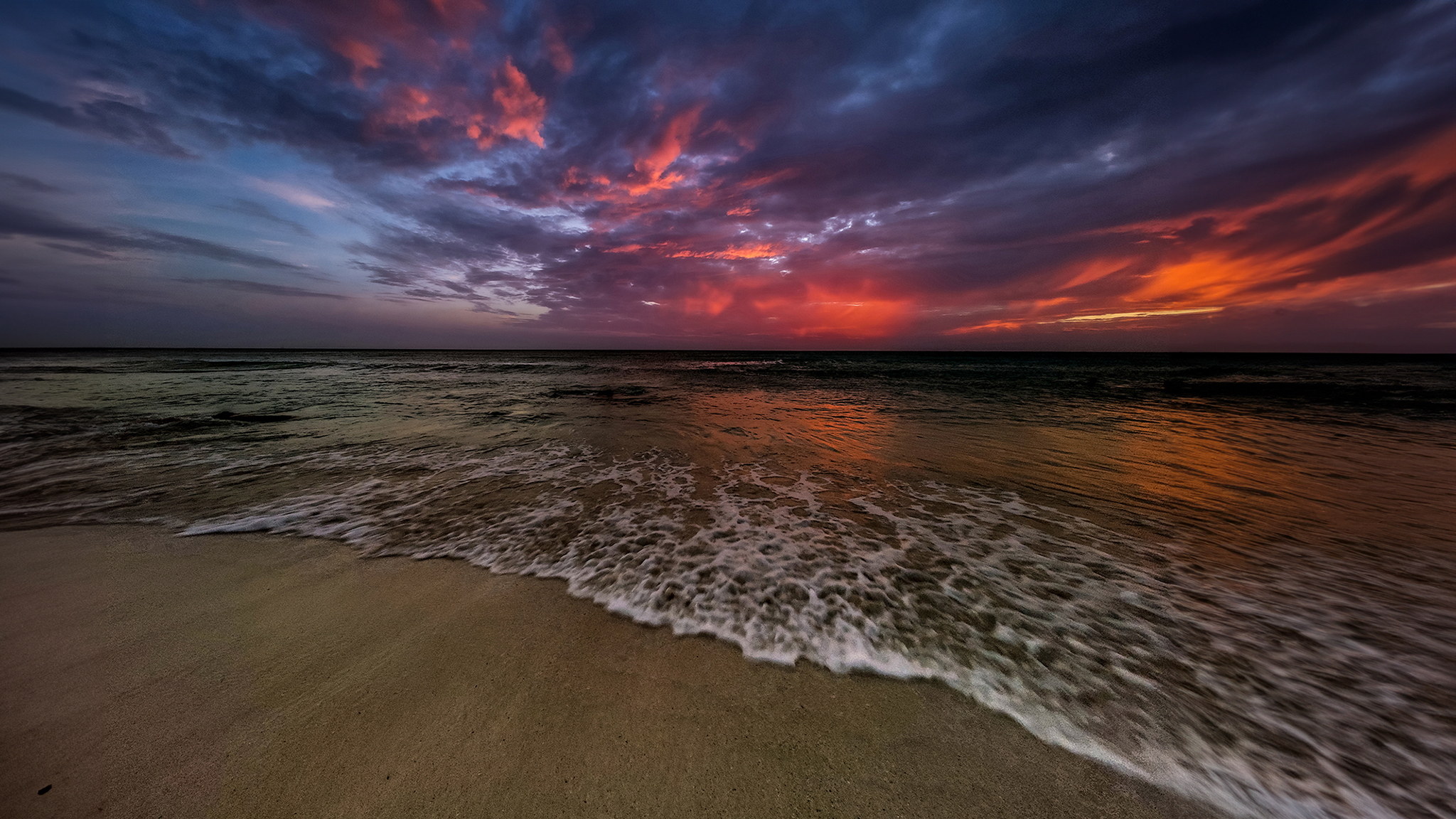
One of the hardest photos to perfect is the low-light or night shot. Too many variables work against you from the start, which is especially true when dealing with the limitations of a smartphone.
It's much easier to ruin a photo in those conditions, where a dearth of light and creeping camera noise often pose major challenges in capturing something good. But all is not lost if you take the right steps to consistently improve output whenever the lights dim and night falls.
Use Night mode
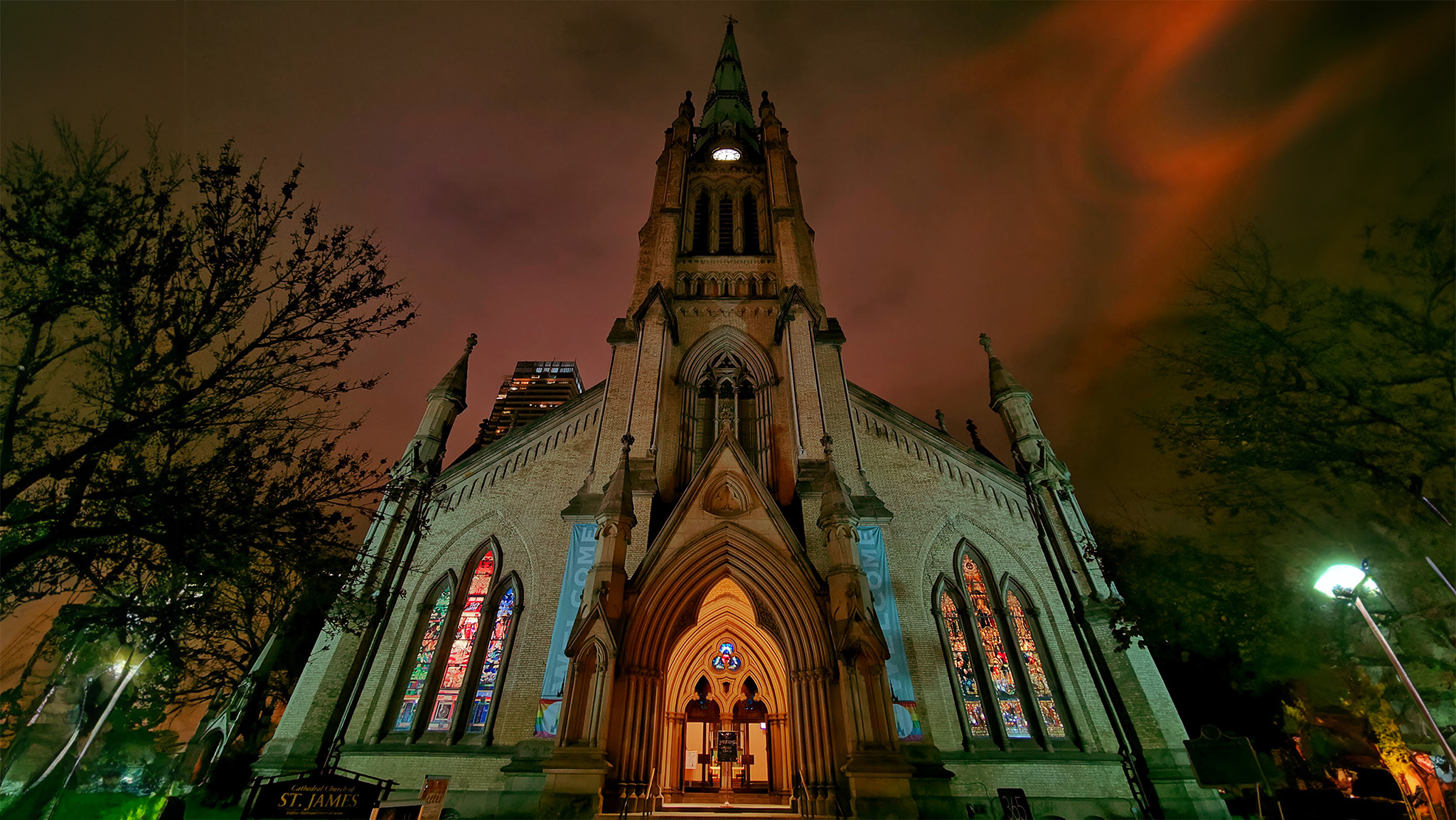
If your phone has something like this, you may have already gone through half the battle. There are different names for it, depending on the phone. It's Night Sight on a Pixel, Night for Samsung, OnePlus, Xiaomi, and Vivo, among others.
These modes aim to emulate long exposure photography — the kind that would otherwise require a tripod and patience. In these modes, the phone uses HDR (high dynamic range) and other software processing to capture a compilation of images at different exposures. They're then stacked together to settle on a well-lit, detailed image relatively free of noise.
For the most part, you have no control over the eventual exposure. Of all the night modes available on Android devices, there's very little manual input on pretty much all of them. Huawei was one of the exceptions because its Night Mode had ISO and shutter speed settings to stop the processing at any point after pressing the shutter. Other brands automate the processing, sometimes exposing the image longer depending on how dark the scene is.
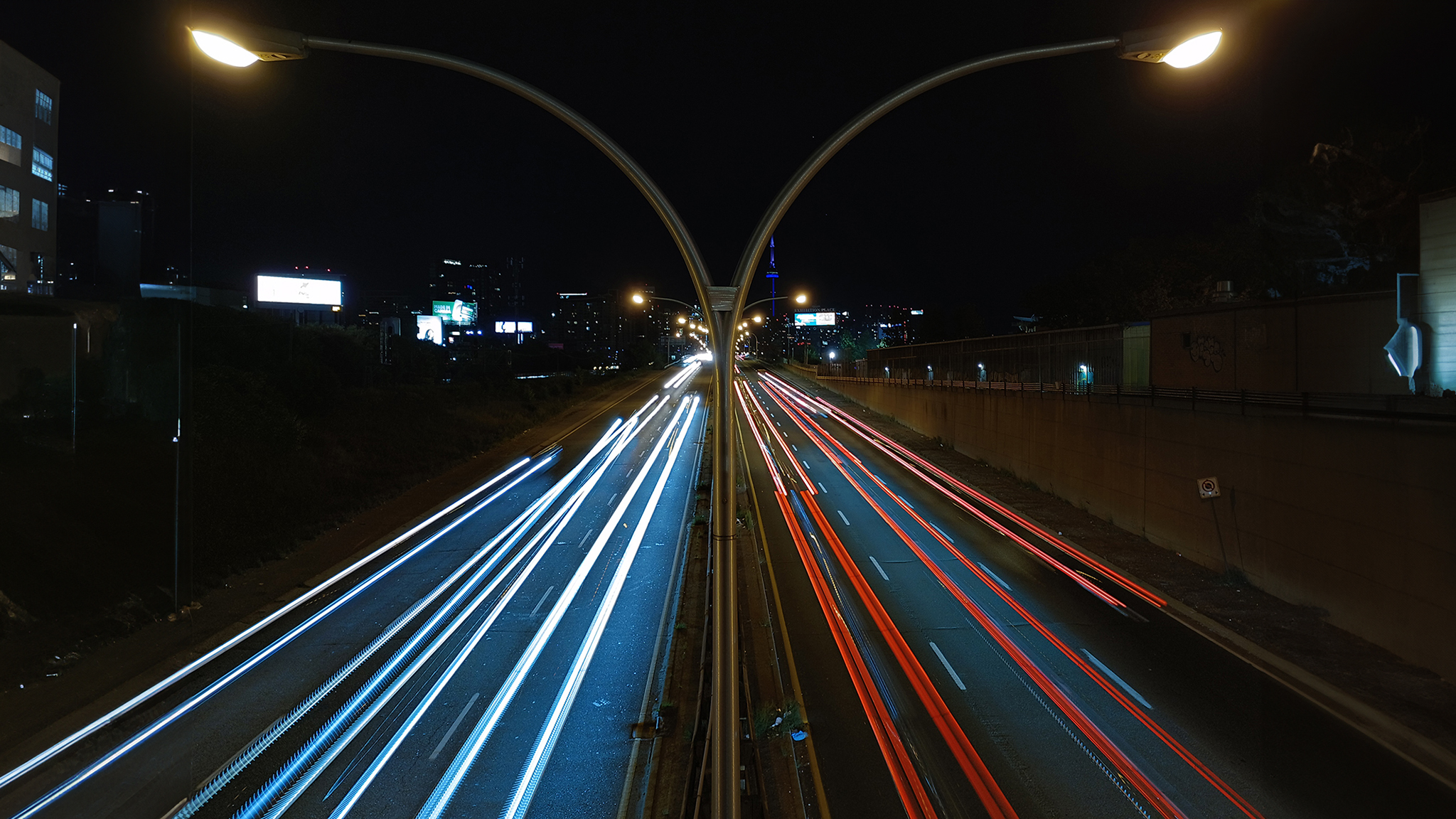
The beauty of these night modes is that they can also work really well in low-light conditions indoors. But beware of how you take photos of people. Long exposure photography is super sensitive to movement, meaning moving people will come out looking blurry. That could be good for doing something artistic, but not a portrait. Keep your subject still, and the natural light the algorithms pull in will make for a much better photo.
You may find some phones have some sort of long exposure mode. These aren't all the same. For instance, use Long Exposure on a Pixel phone, and it may give you different results than, say, a Vivo phone would. The reason why is because Vivo, for this example, presents you with more flexibility in what you're shooting. It could light streaks from traffic to people moving. You can even adjust the amount of time for the exposure. Not all phones let you do that.
Get the latest news from Android Central, your trusted companion in the world of Android
Learn Manual and Pro modes
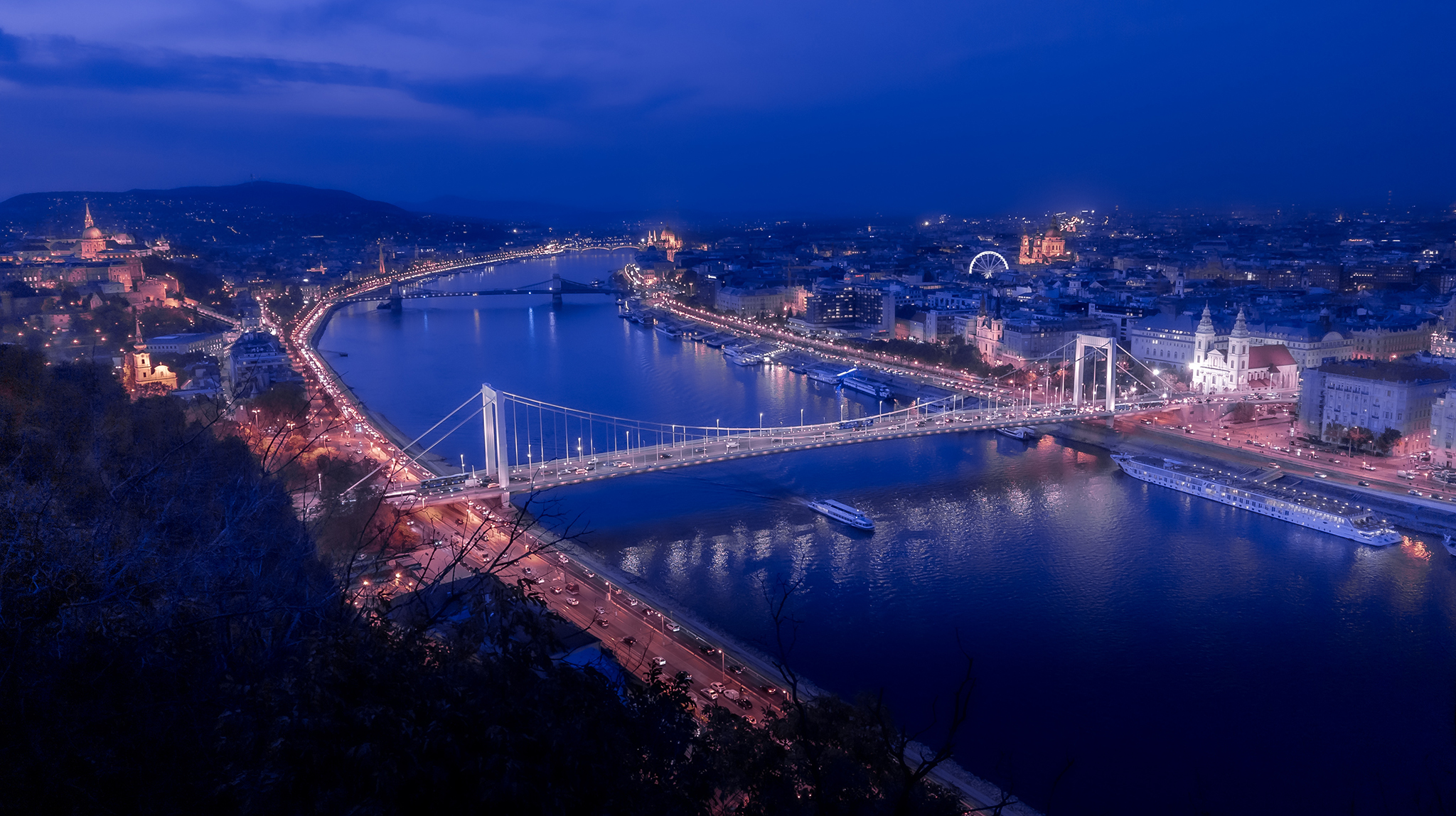
This step is especially worthwhile if your phone doesn't have a night mode, but even beyond that, it will be one of the best options your phone's camera has for any shooting scenario. The reason why is simple: you control composition, rather than the phone's software interpreting it for you.
The main photo modes, which are automatic in operation, often crank up the ISO and lower the shutter speed to brighten up a dark image. The results will be less than stellar in most circumstances. In Manual or Pro, you can negate that by manually setting shutter speed, ISO, white balance, and exposure. You could also go to manual focus if you want. Unfortunately, you can't control aperture, save for the few Samsung, Xiaomi, and Oppo devices with variable apertures.
It's also a good idea to use a tripod or flat surface and turn on the timer.
Changing those settings is all about balance. You want to illuminate as much light as you can while avoiding noise in the darkest portions of the image. It doesn't have to be perfect off the bat, especially the darker the scene, but enough so that you can brighten the highlights when editing afterward. It's easier to do this with static scenes, like architecture, objects, and street scenes.
It's also a good idea to use a tripod or flat surface and turn on the timer. This way, you avoid camera shake when tapping the shutter to snap the shot. Long exposures are especially sensitive, so always use a tripod or prop the phone on a flat surface to capture the shot.
Be creative with light
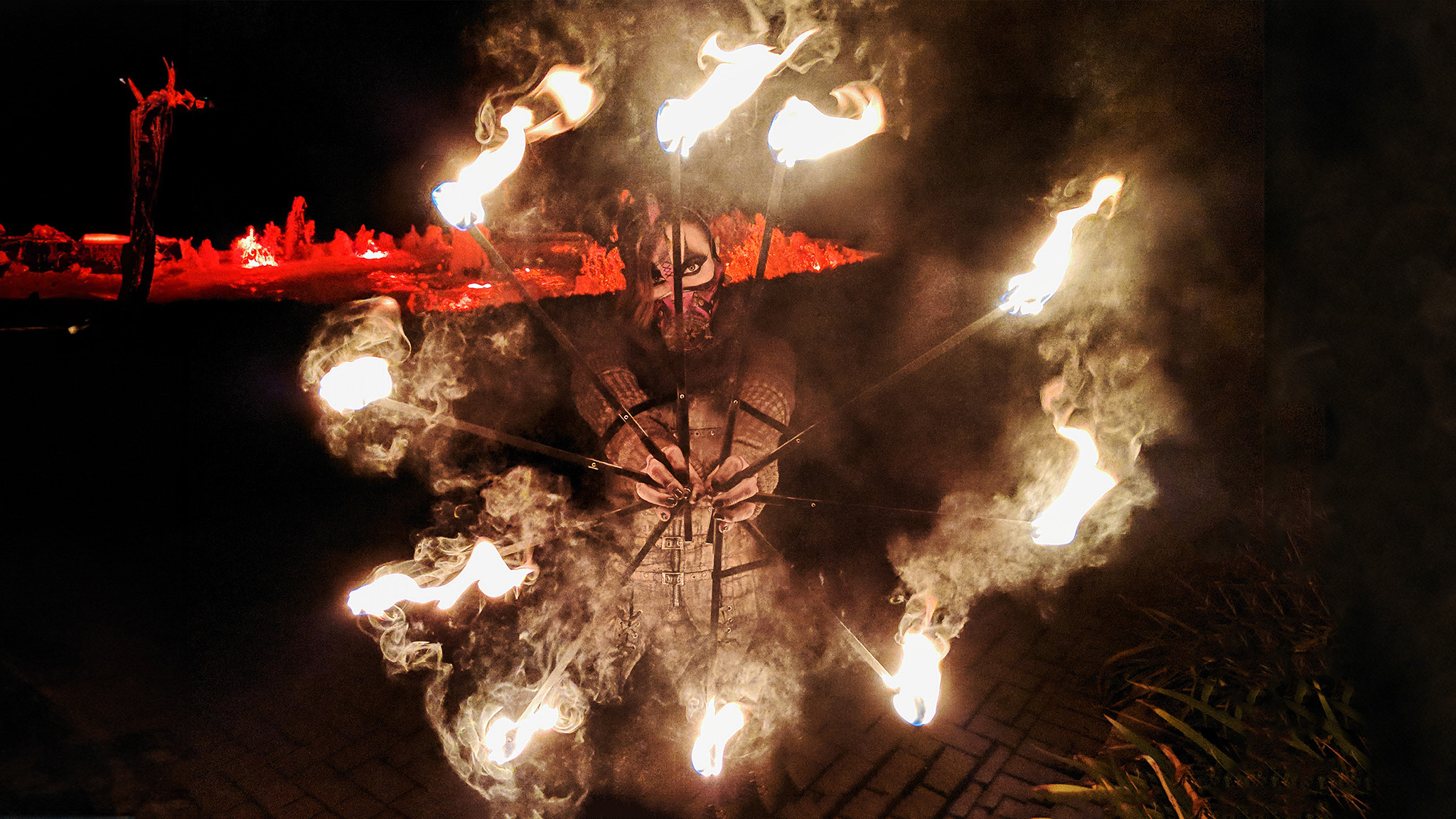
Light can be a friend or adversary in low-light and nighttime shooting. It just depends on the subject, angle, and available light. If there is a neat light source nearby, consider using that as a way to light up the subject, especially if it's a person. Neon lights from signs or equipment are good, as are candles, fires, fireworks, and other interesting sources.
If these lights are in front or to the side of the subject, you can try getting something dynamic and interesting. Or you could shoot the subject backlit so they become a silhouette in front of the light. Try shooting someone's portrait lighting up a cigarette or cigar in the darkness (they need to move as little as possible doing it) and see how that turns out. If you're out somewhere with little light, turn on a car's headlights and point them at the person you want to capture. The juxtaposition of light and darkness may lead to something visually compelling.

Friends and family can also help with their phones. Have one or two of them turn on and point the flashlights on their devices at the subject from left and right. This would mostly be for people, but you can do it for objects, too.
It's a far better option than using the flash, which you should never use for night or low-light shots unless you're totally desperate to salvage something. And if you absolutely have to use the flash, try diffusing it with a white napkin or tissue to soften its effect and reduce the shadow behind the subject.
Shoot in RAW
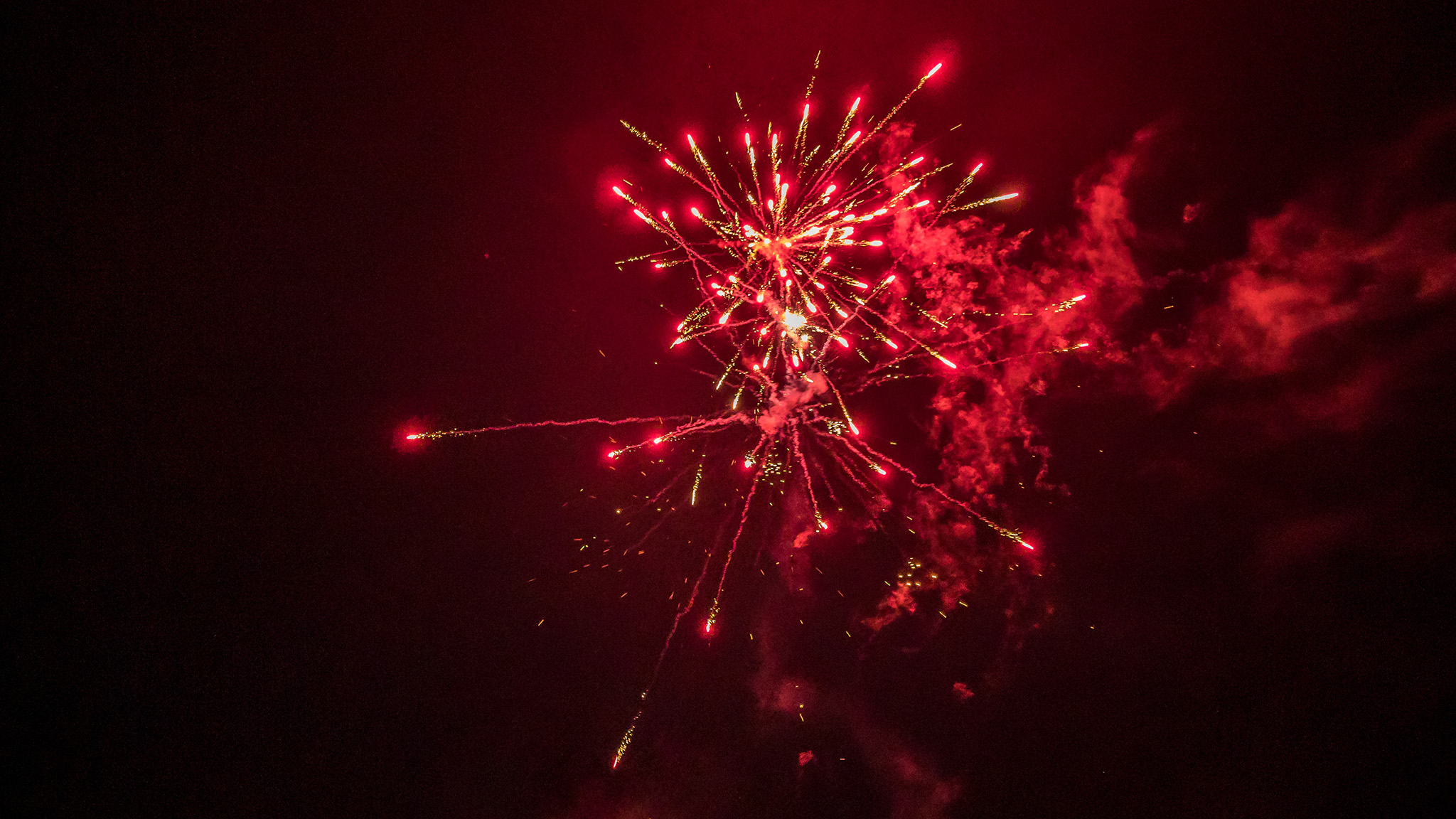
More phones offer RAW as an option, but you should only select it if you plan to edit the photo afterward. RAW images are, as the name implies, free of any processing. They're uncompressed, meaning tons of visual data is still there to manipulate and edit.
This is truly useful when dealing with low-light and night shots, where pulling out extra detail could be vital. Highlights, shadows, colors, and white balance are easier to adjust when dealing with a file this large, though you will need to do it in an app that can handle them. Adobe Lightroom is perhaps the best, though Snapseed and VSCO can also deal with them.
Use a tripod or flat surface
I noted this earlier, but it bears repeating. If you're trying to get a well-lit image or freeze motion in an interesting way, you will need help from a tripod or flat surface. Long exposure photos in Pro or Manual modes are like any camera. When you prop up a phone on a tripod or lean it on a flat surface, turn on the timer, adjust the settings how you like, and tap the shutter.
Even if your phone has a dedicated Night mode, try this approach anyway. It gives you more control over exposure compensation and ISO, which can produce different results. It also means you can try shooting something artsy with movement, like light trails or blur effects, and see what comes out.
Don't accept mediocrity
What's great about learning low-light and night shooting with a phone, especially if you learn pro and manual modes, is that you also get better at shooting in other situations, too. When you get better at one of the most difficult photography scenarios, you're bound to start looking at all settings and locations with a different eye. What you might have considered a good photo before may be simply okay later on. Don't kick yourself for not knowing sooner; just keep on shooting.
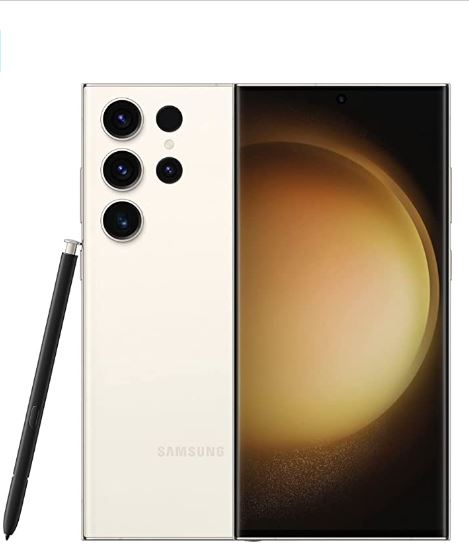
It's easy to like the versatility and consistency the Samsung Galaxy S23 Ultra offers as one of the best Android phone cameras currently available. Led by its larger 200MP image sensor, as well as a multitude of features, controls, and the S Pen as a remote shutter, this flagship is ready to go for just about any shooting conditions.

Ted Kritsonis loves taking photos when the opportunity arises, be it on a camera or smartphone. Beyond sports and world history, you can find him tinkering with gadgets or enjoying a cigar. Often times, that will be with a pair of headphones or earbuds playing tunes. When he's not testing something, he's working on the next episode of his podcast, Tednologic.
